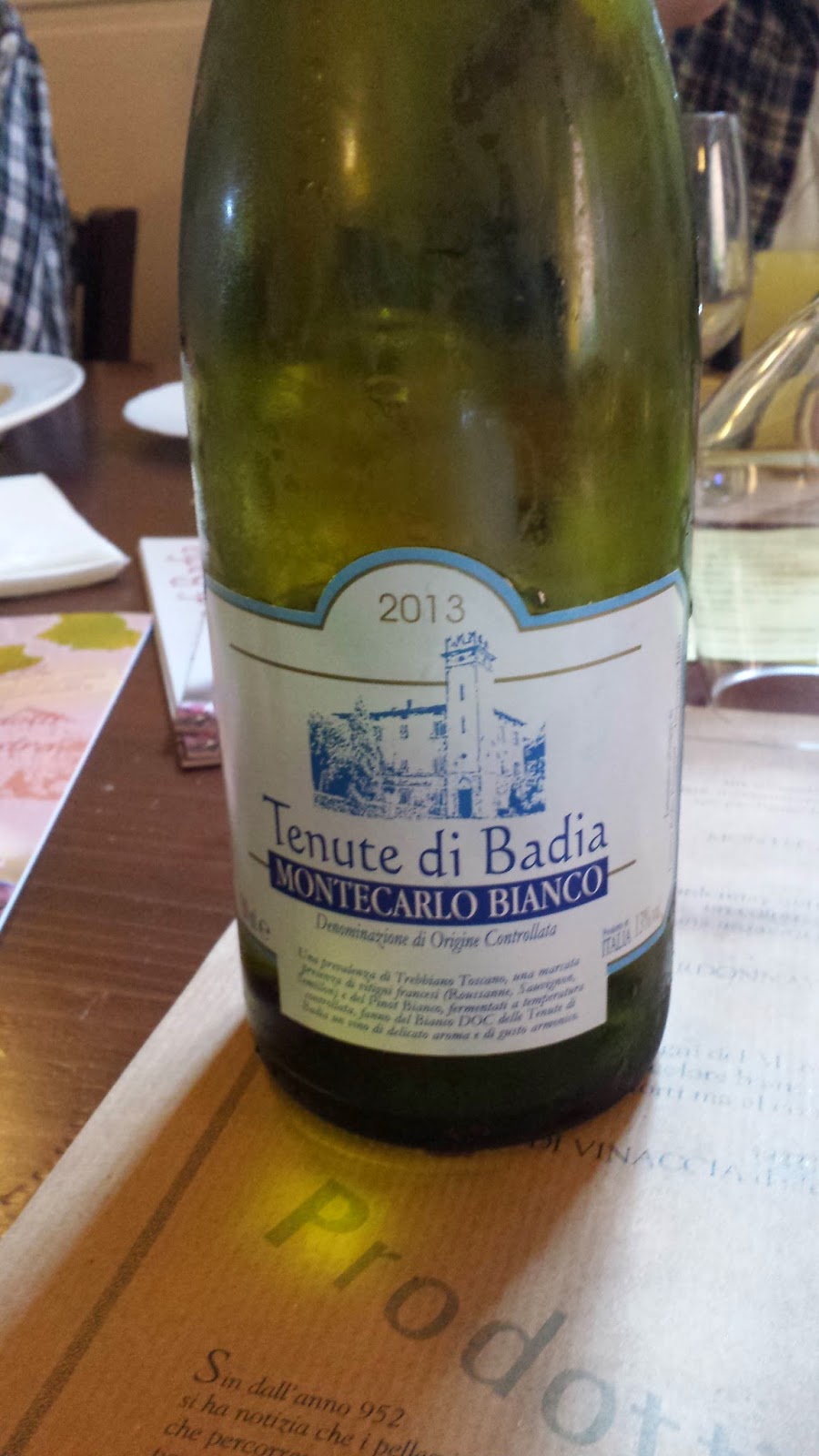Gordon Research Conferences are fairly intense experiences, each day starts at 8.30 am in the morning and then ends around 11 pm with a late night poster session (fortunately the poster session has alcoholic beverages available to help fuel scientific discussions). There is typically some free time in the afternoon though for 3 hours or so.
In our free time yesterday there was a tour organized of a traditional cheese making factory in Tuscany. Since half of the conference attendees are microbiologists, there was alot of enthusiasm about seeing practical microbiology in action.
The first requirement was that we all dress up in embarrassing outfits.
The cheese making factory sources 4 types of milk- cow, sheep, goat and buffalo, from which it can make 480 types of cheese! Once the milk arrives it is refrigerated in its own specific storage tank. The following day it is pasteurized at 73 C in this apparatus here (OK so you can't really see it, but we do we have a good view of the back of Melissa Brown's head).
After the milk is pasteurized, it is pumped into this large vat, I think it can hold 500 litres. Rennin and a starter bacterial culture is added, and the vat is heated to 30-40 C for an hour. After this incubation the milk separates into curds (solid) and whey (liquid). The curds are formed from the casein protein coagulating, while the whey is the rest of the milk proteins.
These two instruments are not medieval torture implements, but instead are used to cut up the curds in the vat so that the curds sink to the bottom. One of them is called a guitar, no clue what the other is called, but it sort of looks like a screw.
The whey is then sucked out, leaving the curds behind (seen here in action).
The whey is sort of a waste product of the process, but it is still useful. The whey is heated up to 90 C so that it curdles, and the curdled whey is placed into containers (seen here), refrigerated and voila we have ricotta, which is ready to eat.
Back to the curds. The curds are removed from the vat and poured into cylindrical containers that have holes in the bottom (like a colander). Excess fluid drains through those holes.
The curds are upended a few times into empty containers to help the curds settle and remove the excess liquid. (the guy with the bushy beard is the master cheesemaker)
Close up of the curds.
After the curds have drained, they are covered in salt to prevent bacterial spoilage, chilled, and then allowed to mature (exact time/method depends on the type of cheese).
Thanks to
Caseificio Bertagni for showing off their cheesemaking and putting up with all the thousands of questions from enquiring microbiologists, and mostly importantly for letting us taste their delicious cheeses.















































.jpg)

